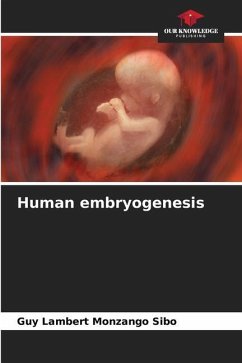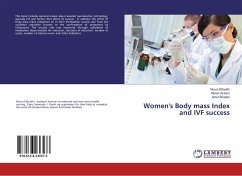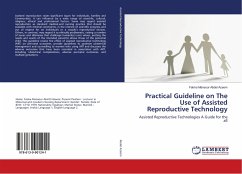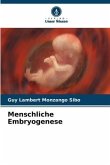Human embryogenesis corresponds to the development of the individual from fertilization to the eighth week. Fertilization is the meeting of the spermatozoon and oocyte II in the outer third of the fallopian tube, the penetration of the spermatozoon into oocyte II and the fusion of the nuclei of the spermatozoon and oocyte. Once fertilization has taken place, the individual becomes a zygote (fertilized egg or ovum), and begins its development thanks to genetic and epigenetic factors. In the first week of life, migration and segmentation to the blastocyst stage take place. The second week sees nidation, decidualization and peer events. The third week sees gastrulation and the formation of embryos. From the fourth to the eighth week, definitive adnexal formation and delimitation. The fertilized egg may divide to give two individuals that are identical twins, or polyovulate to give fraternal twins. During this period, the individual is called an embryo and is highly vulnerable to teratogenic factors.








